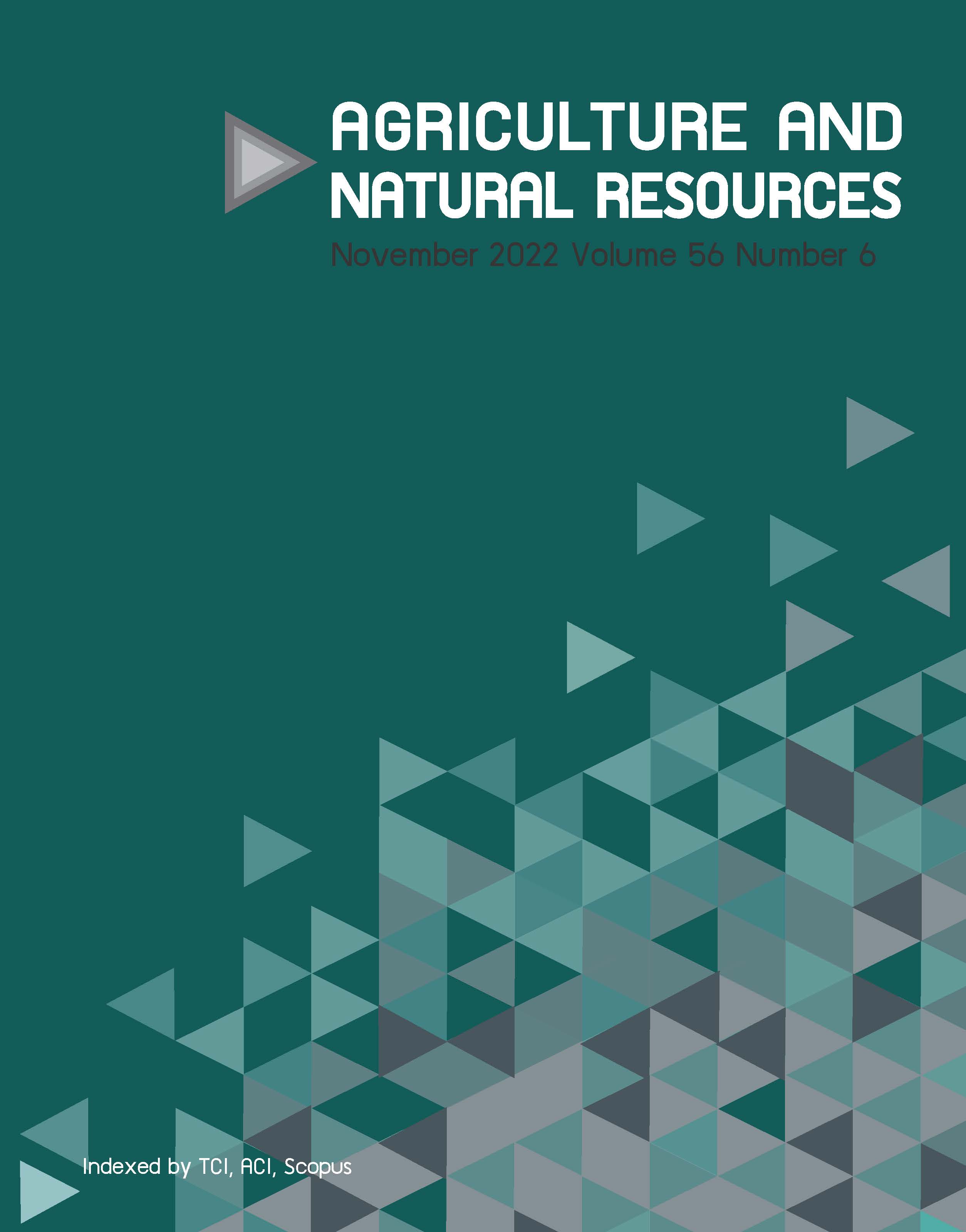Development of a low-cost driver assistance system for tractors in sugarcane fields using a scanning-laser range finder
Keywords:
Driver assistance system, Scanning-laser rangefinder, TractorAbstract
Importance of the work: For off-road vehicles, different guidance or positioning systems present different sets of challenges. Scanning-laser rangefinders (SLRs) possess many advantages over other systems, for example the ability to operate in different light conditions, providing high resolution positioning data, robustness against vapor and dust interferences, not requiring many accessories or peripherals and lower equipment costs.
Objectives: To develop and test a low-cost driver assistance system for a tractor.
Materials & Methods: The driver assistance system primarily consisted of a sensor, a guidance algorithm and a graphic user interface display. In principles, the algorithm identified obstacle objects from the laser beams reflected back to the SLR and then recommended steering directions to the driver via the display. In the preliminary trial and first test, the tractor was driven parallel to a straight reference furrow located on the right side of the tractor, simulating a ploughing operation. In the second test, the tractor travelled along a straight path between rows of sugarcanes, simulating a harvest operation.
Results: In the furrow detection test, the system yielded maximum and root-mean-square errors in the ranges 15.80–41.40 cm and 4.55–20.86 cm, respectively. The tracking errors of the sugarcane row detection test were in a satisfying range similar to those found in the furrow slice detection results.
Main finding: With further refinement, the driver assistance system could potentially be used in practice.
Downloads
Published
How to Cite
Issue
Section
License
Copyright (c) 2022 Kasetsart Universityonline 2452-316X print 2468-1458/Copyright © 2022. This is an open access article under the CC BY-NC-ND license (http://creativecommons.org/licenses/by-nc-nd/4.0/),
production and hosting by Kasetsart University of Research and Development Institute on behalf of Kasetsart University.







